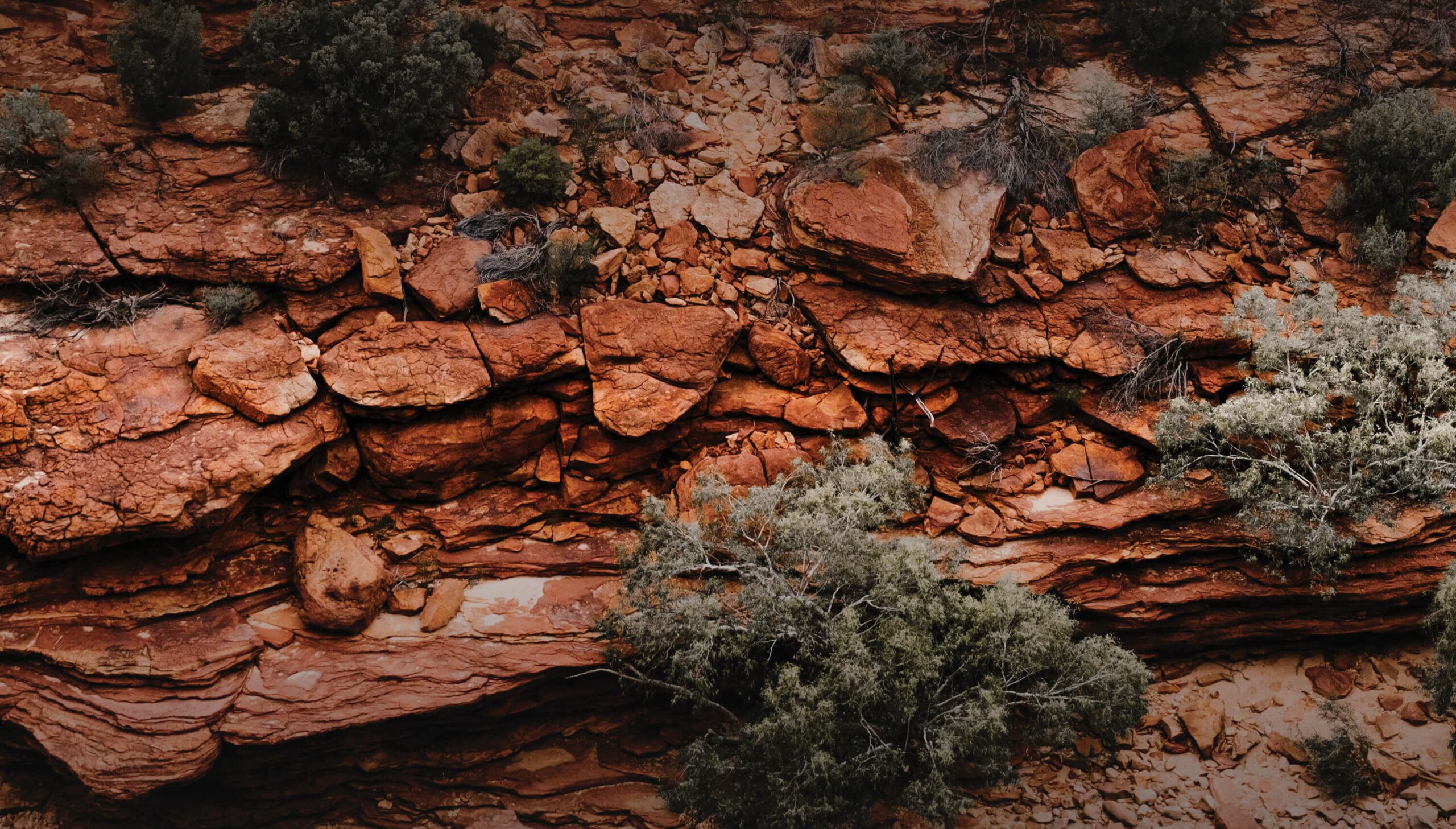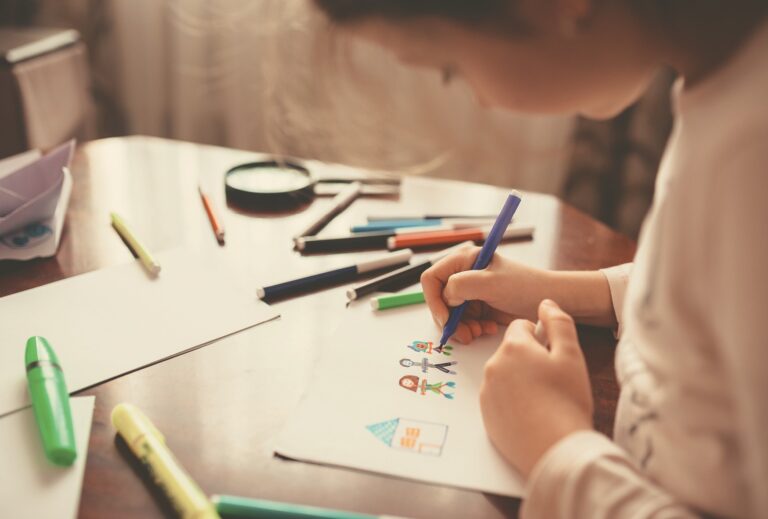In Part 5 we talk about how parents can help manage conflict. Let’s Talk About Conflict is a seven-part video series, each 5–10 minutes in duration, with supportive learnings and takeaways.
Communication is Key
Parents who do the best by their children do not just act out their conflict with each other. They learn to look through a developmental lens, think, and talk, about the good, the bad, and the ugly of what is happening in their family.
You Can Champion Your Child’s Emotional Growth
You can become a better gardener of your child’s emotional growth.
“I looked at things from my child’s point of view”
Observe the conflict through your child’s eyes. This will help you to consider how the situation might be affecting your child’s development, and motivate you to respond more constructively.
“I started to see my partner as human, and not some kind of monster sent to destroy me.”
Conflict with your partner can be unsettling, and they may feel like a perpetual drain on you, or even like an enemy. Provided their behavior is essentially safe, then seeing the other parent as a real person in your child’s life – who they love, need, and depend on – will help you to gain some perspective.
“I thought like a parent, and not like an ex-partner. I kept my parenting mind on the job, not my litigating mind.”
Prioritise your child above your anger. Every time you are tempted to engage in conflict, step out of the situation, take stock of what is going on, and reengage in a way that is constructive to your child.
“I stopped blaming.”
Define the problems that you have with the other parent in terms of differences between you, rather than defects. A focus on defectiveness leads to blame and avoiding responsibility, and constructive interactions are not likely to result.
“I stopped reacting.”
Learn to control your impulses, so that you do not say or do anything that you will regret or wish you had done better.
“I repaired what could be repaired, and stepped up to the idea of preventing any more damage.”
Reflections
Consider how you behave when you are with your child. Are you soundly in the role of parent? Reflect for a moment on the experience of other parents (such as those above). Are there ways you can be more fully focused on protecting and nourishing your child to thrive.
Watch the Full Series
The series is designed for use by parents, whether they live together or are separated. It is a practical tool to support them to reduce the impact of their conflict on their children’s emotional and social development.
Based on more than 20 years of scientific research and practice evidence, it features ideas and tips from experts that are direct and to-the-point. The series also highlights the real experiences of parents who have made real-life challenges related to the conflict in their family. To explore how parental relationships affect children, what the full series:
- Introduction: Let’s Talk About Conflict
- Part 1: What is ‘parental conflict’, and why should we talk about it?
- Part 2: What your parents did not know
- Part 3: How does parental conflict impact on child development?
- Part 4: How do children adapt to parental conflict?
- Part 5: How can parents manage parental conflict?
- Part 6: How can parents help repair damage from parental conflict?
Please note that Relationships Australia SA does not offer a certificate or verification of completion for these videos.
Acknowledgments
Let’s Talk About Conflict © was written by Jennifer E. McIntosh and Craig Olsson from the Centre for Social and Early Emotional Development (SEED), Deakin University. It was produced by Relationships Australia SA.











